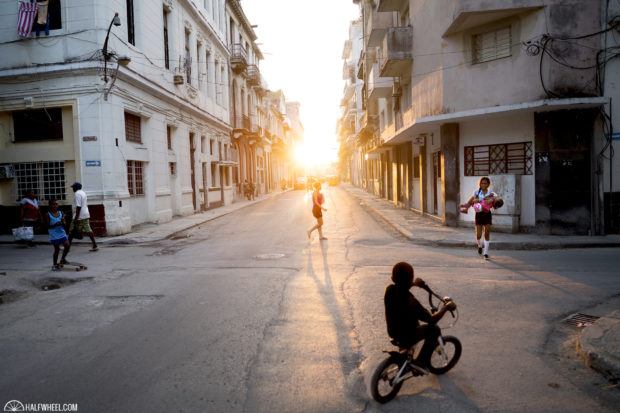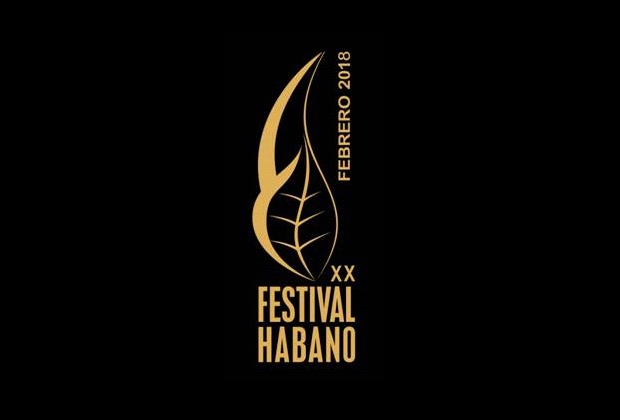Another Habanos festival is in the books and as has been the case in the past, I have some random observations and thoughts not just about the festival, but also about my time in Cuba.

There Is Something Different About Dinner
The most obvious change from years past is the money Habanos S.A. is spending on its dinners. They’ve gotten bigger—both in size and space—and grander.
Surprisingly, the biggest improvements came not to the final black-tie gala night, but the dinners hosted earlier in the week.
Monday night went from a low-key event in years past to a three-floor event with four stages and a pool. It also featured the Cohiba Robusto Reserva, the most coveted—and likely the most expensive—cigar handed out at any dinner. Wednesday’s dinner wasn’t just at a bigger location, it was actually at two locations, including the gorgeous Gran Teatro de La Habana.
While the gala dinner improved in terms of the entertainment—a U2-like round stage, live orchestra and the action of the humidor auction—it’s sort of a letdown when you spend $700 for the final night’s dinner and get Partagás Maduro extensions. In past years, those who attended the gala were given the most prestigious cigars, though that’s not been the case for the last two years and perhaps a sign of what’s to happen in the future.
For those wondering, the opening dinner—where the Cohiba Reservas were given out—was only $350.
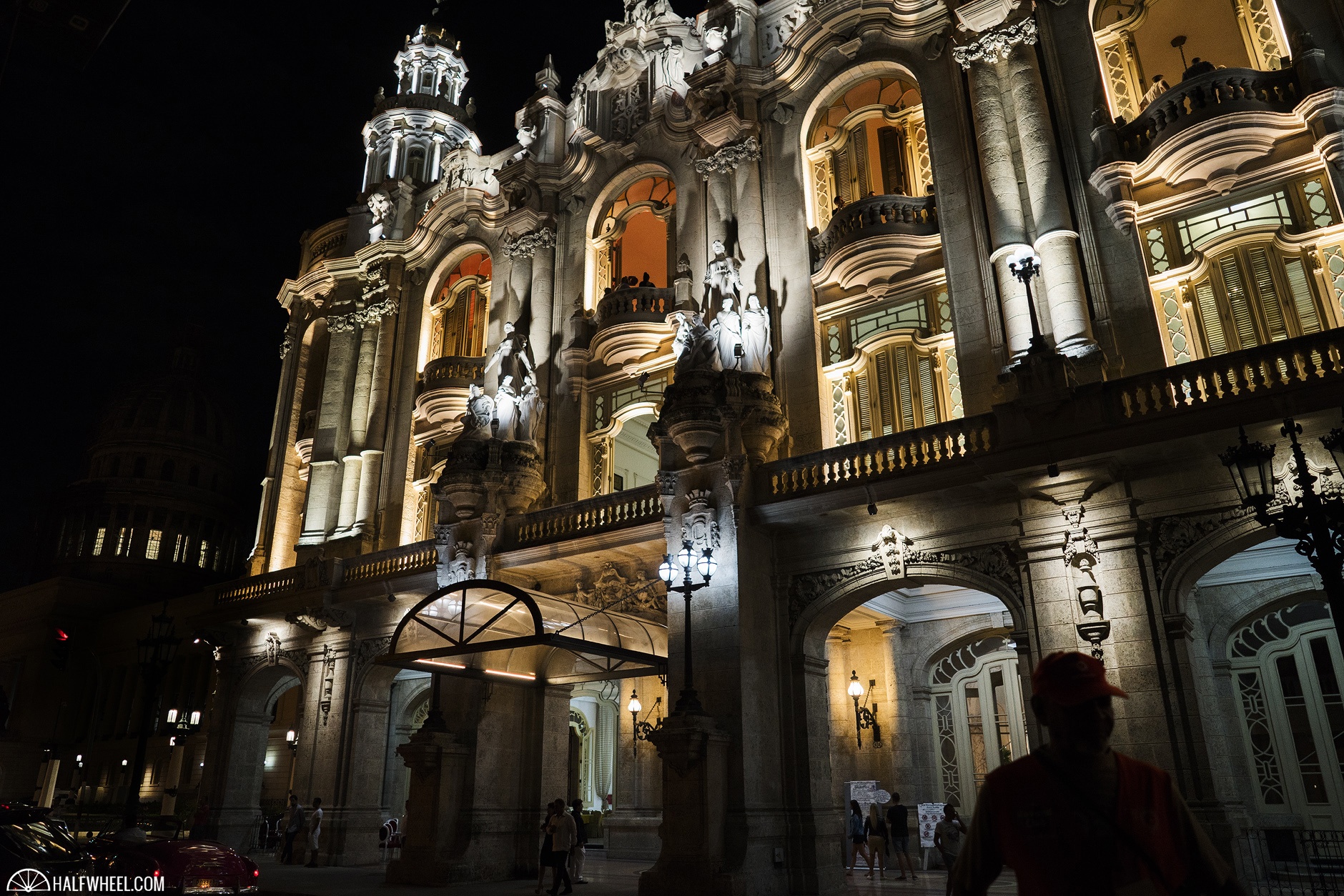
More Emphasis On Cuban Heritage
Perhaps coincidental, perhaps something to do with the 20th anniversary, perhaps it was just me, but it seemed like there was an obvious and deliberate attempt to show off the Cuban heritage, with the aforementioned historical locations as the backdrops to the nightly dinners and musical and dance act standouts like Elain Morales, Cuba’s National Circus School and Orishas, who really brought down the house on the final night.
There’s always been entertainment and culture, but this year it seemed like more entertainment, more culture, more Cuba.
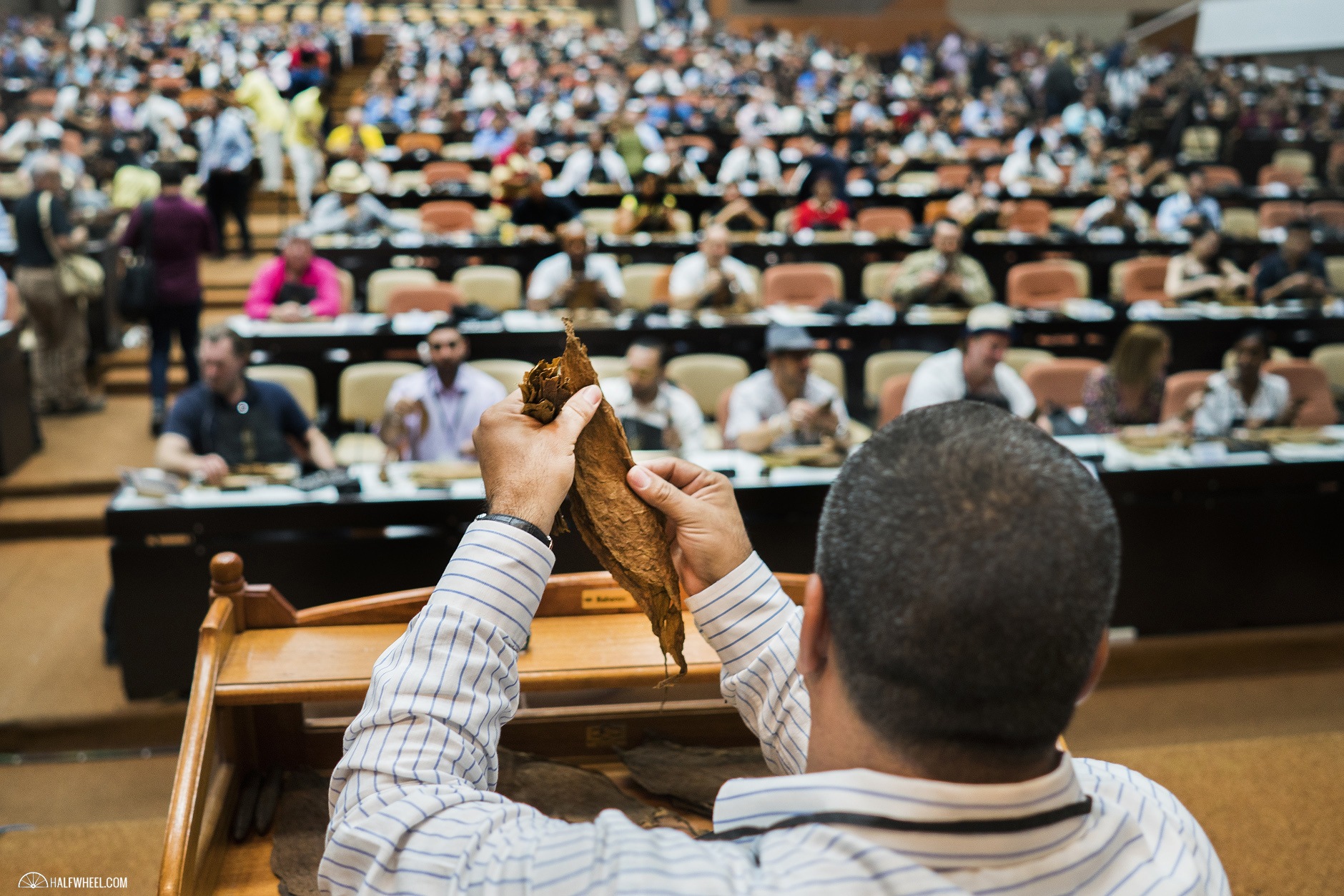
Charlie, There’s More People Here Too
Charlie Minato wrote a whole post complaining about the weather and the number of people at Procigar in the Dominican Republic, turns out, there are more people here too.
The lines for the seminars and talks seemed to be noticeably more out of control, even compared to previous years. The standard operating procedure for seminars seemed to be to let everyone crowd around the entrance to the seminar, make people wait for 30 minutes to an hour after the appropriate start time—because it’s Cuba, time is just a suggestion—then open one door and allow just one person at a time to enter at a time.
Inevitably, this caused a massive rush on the door the second it opened and started letting people in, with the associated shoving, cursing and stepping on toes to go along with it. It got to the point where I would try to show up even earlier than the seminar official start time—even though I knew there was no way it was starting on time—just to get a good spot in the “line,” or I would be waiting for another 20 minutes and ran the risk of getting trampled.
It didn’t help that because there was more than one seminar, people would be sitting in a chair waiting for one seminar to start while people from the next seminar were waiting to enter.

This is Going to Cost How Much?
Finally, the prices for just about anything seem to continue to increase—#thanksobama—especially for visitors to the country.
My first year in Cuba, I was able to get a taxi from the airport to the place I was staying for about 5 CUC—equivalent to about five dollars—but this trip, it cost me almost 25 CUC and that was after some significant haggling. Food prices have gone up as well, albeit not nearly as dramatically, as has the price for the hourly internet cards, although that did depend on where you purchased them.
Cuba raised prices when the Americans came, but in true capitalist fashion, just because there are less American tourists doesn’t mean prices are going back down.
Interestingly, the internet situation on the island has improved noticeably as well with decently fast speeds when I could get online at the convention center, although the service did go down a few times while I was trying to use it and it was nowhere near fast enough to upload video.
Surprisingly, the private villa I was staying at featured its own wireless network for guests, something that was virtually unheard of a few years ago.

The Cuban People
Having said all of the above, since the moment I first stepped foot on the island of Cuba my coming here has not been solely about cigars.
Sure, that is the main reason I am here, but there are other things that keep me wanting to come back even more: the people, the culture, the history. All of these things are present almost everywhere you look, almost to the point where you are overwhelmed with the sights and sounds that are all around you.
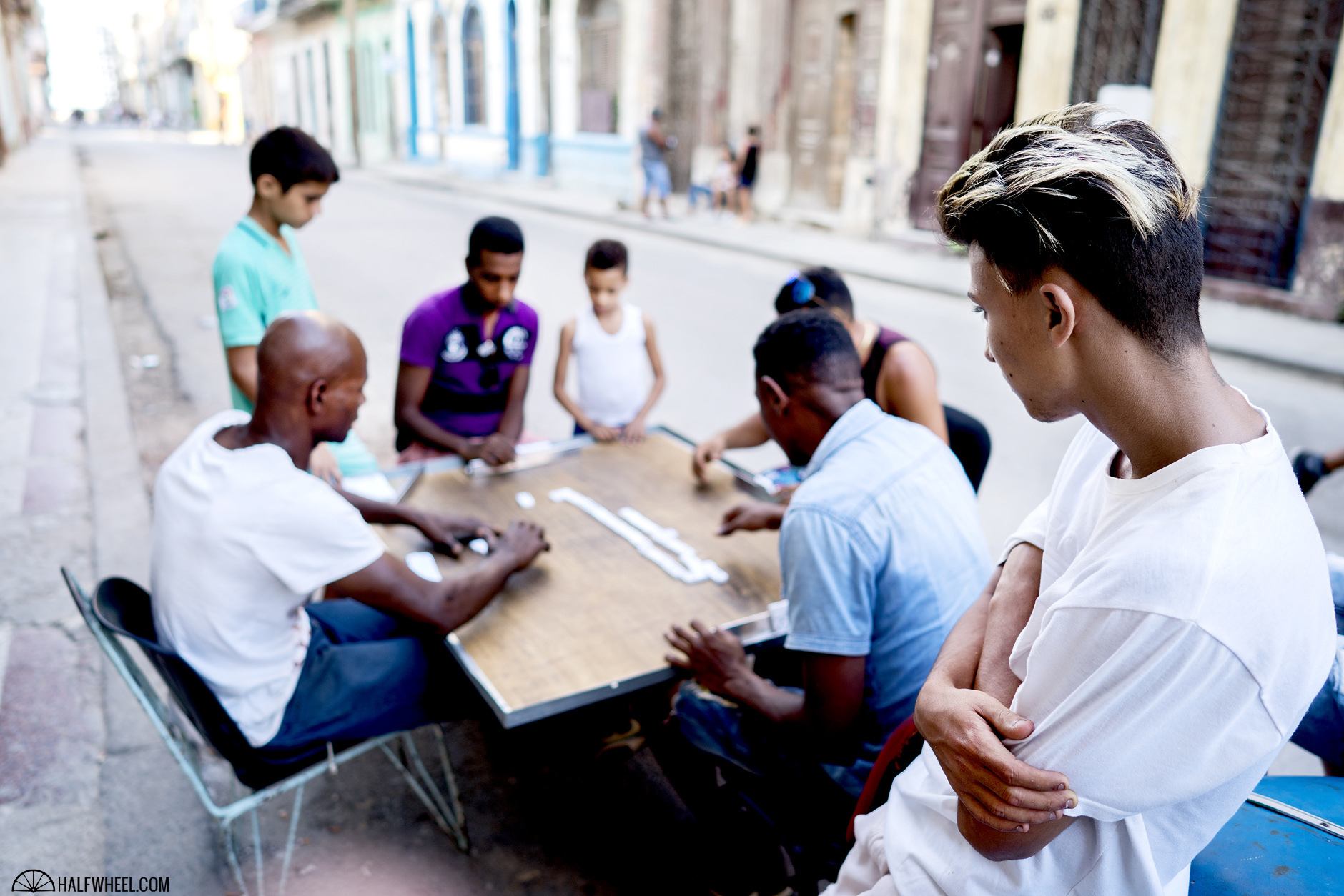
As has been the case every year I have attended the festival, I took some time right before the final night’s gala visit some of the more run down parts of Havana, away from the sections of the city where the tourists congregate after getting off of their floating cities. I have been told not to visit these areas by multiple people over the years—people both in and out of Cuba—but I honestly could not stay away if I wanted to.
I have written before that the Cuban people are some of the happiest, most joyful people I have met in all my years of traveling the world even in the midst of poverty and I am reminded of that every time I visit the island.
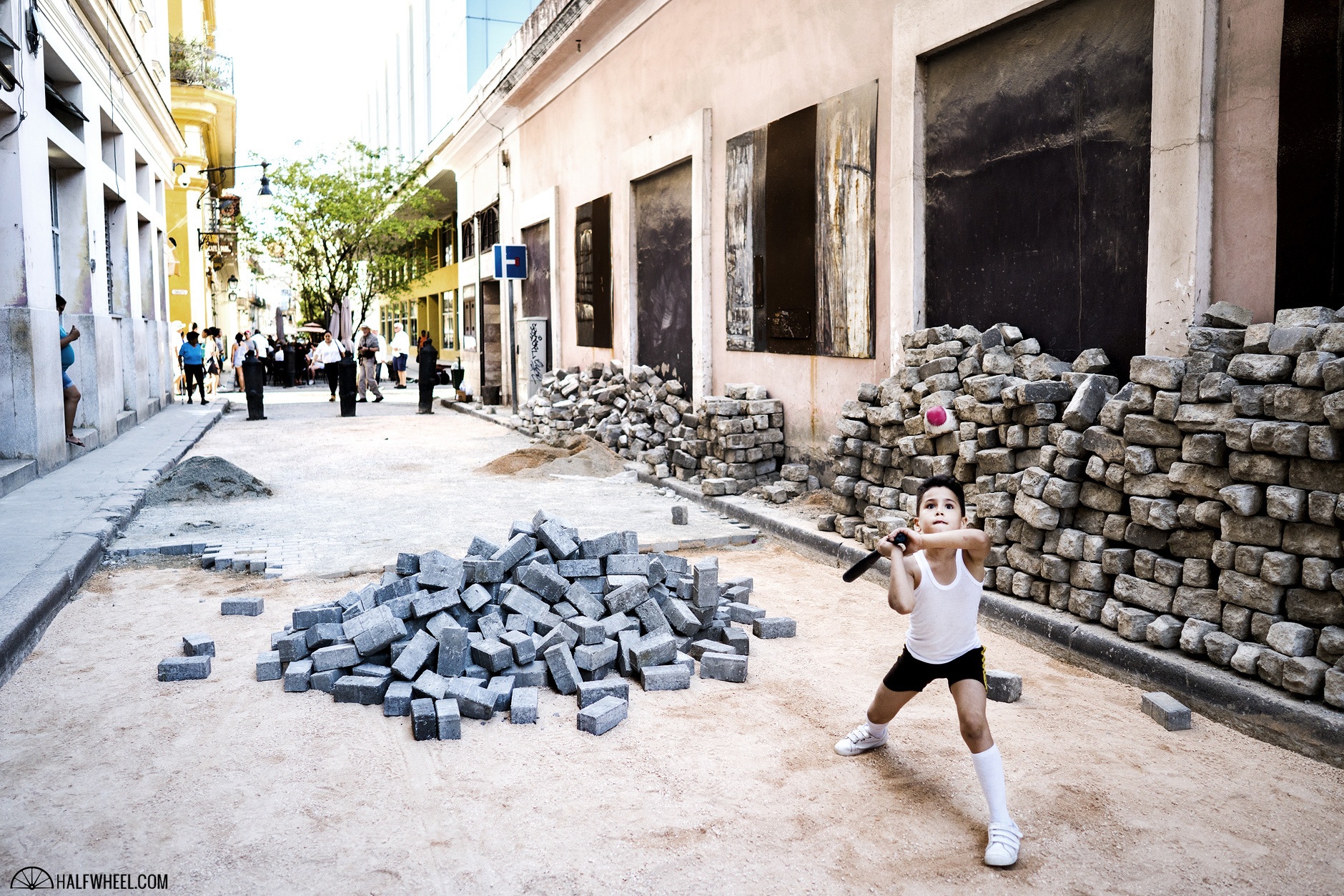
The fathers come home from work and throw beat up and torn apart baseballs to their kids, who are—more often than not—using sticks they picked up off the street as bats. Gangs of kids roam around, playing outside with each other or with anything they can get their hands on, using their imagination and involving everyone in their games. Neighbors help neighbors with moving furniture, fixing cars or picking up debris, while domino games in the middle of the streets are so commonplace that after a while I stopped shooting them.
Of course, there is a reason I choose Friday afternoon to visit these areas, see these people and shoot these photographs.
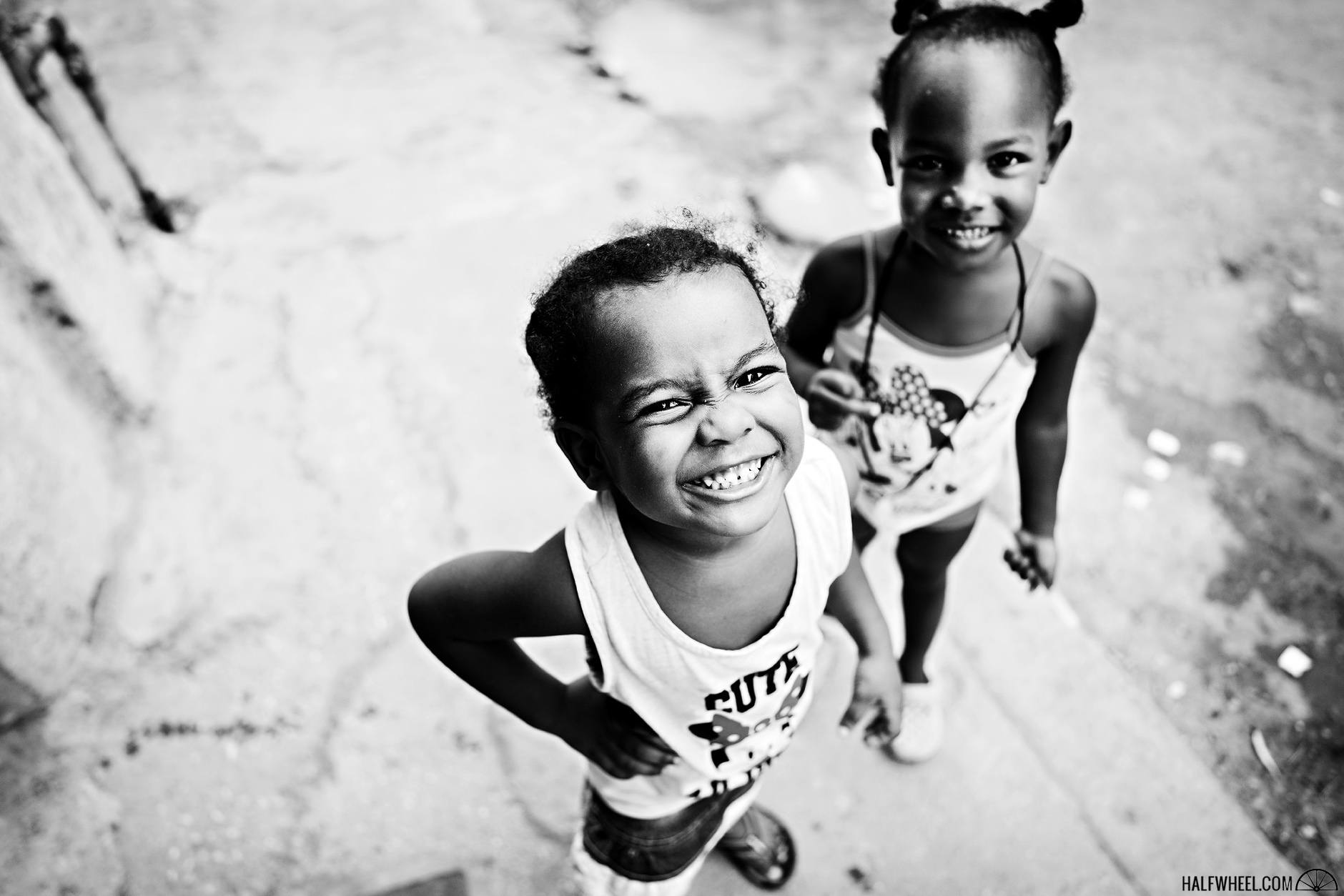
To me, perhaps the most shocking thing I witness every year is the dichotomy between the streets I walk down those Friday afternoons and the vast, opulent wealth that is on display during the Festival del Habano’s gala, where more than a $1.5 million is spent every year to purchase one-of-a-kind humidors with rare and expensive cigars inside. I am not immune to hypocrisy—just one of the cameras I shot these photos with would pay for food for half the block of people for a month or more—but as I walk along those streets sharing the little moments of their daily lives, I do feel a kind of kinship that has stayed with me long after I left the island.

In the end, my third trip was a successful one in terms of the work I produced, the photographs I took and the time I spent and I am hoping that I will get to visit Cuba again to see how both the people and their situations continue to evolve and change.

